How Materials Impact the Ways We Understand Matter Over 25 Length Scales

February 26, 2025
Illinois Rooms, Student Center East


How Materials Impact the Ways We Understand Matter Over 25 Length Scales

February 26, 2025
Illinois Rooms, Student Center East

The Research Symposium “From Atoms to Astronomy,” hosted by the College of Liberal Arts and Sciences (LAS) at the University of Illinois Chicago (UIC), celebrates the breadth and depth of Physics research spanning from the most fundamental building blocks of matter to the vast scales of the cosmos. This day-long event will feature examples of cutting-edge studies across condensed matter physics, bio-physics, particle/nuclear physics, and cosmology. From the quantum mechanical behaviors of atomic systems and nanoscale materials to experimental and theoretical explorations of high-energy particles, the symposium will highlight how insights into the microcosm inform our understanding of the macrocosm.
Distinguished symposium speakers will present on topics including next-generation materials for quantum computing, advances in controlling biological systems for diagnostics and therapeutic applications, and groundbreaking studies of dark matter and the dynamic evolution of galaxies. The symposium will also explore the intersections of computational physics, data science, and advanced instrumentation. By fostering dialogue with experts from diverse yet interconnected fields, this Research Symposium, “From Atoms to Astronomy,” will celebrate the scholarship of the UIC Community while igniting excitement for research and education in the physical sciences.
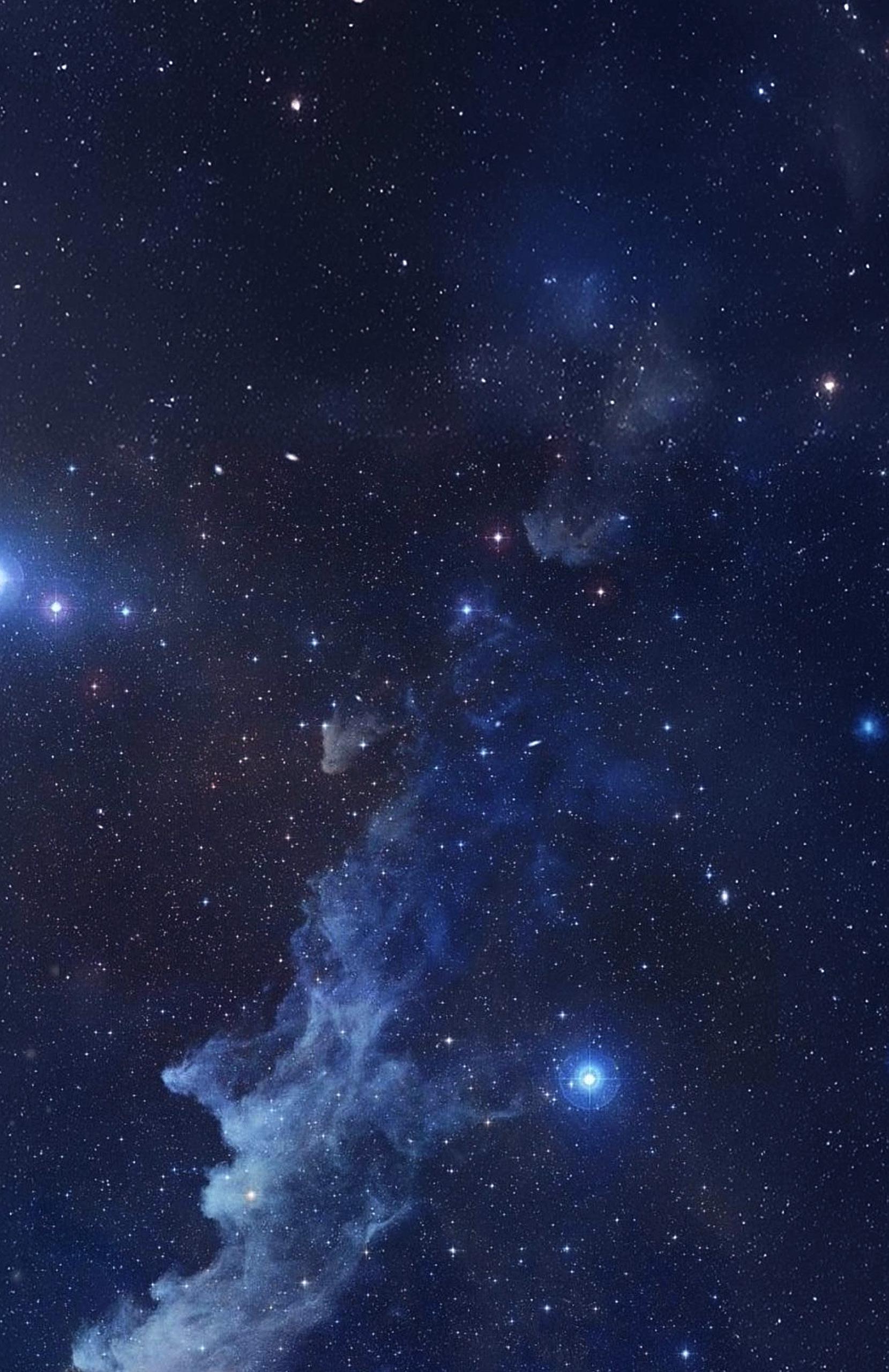

WELCOME | 9 AM
9:00 – 9:05 Welcome from Lisa A. Freeman, Dean of the College of Liberal Arts and Sciences
SESSION 1 | 9:05 AM – 9:50 AM
Frontiers in Nano- and Quantum Materials (Session Chair: Robert Klie)
9:05 – 9:35 Plenary 1: Johnpierre Paglione (University of Maryland) “Exotic Superconducting Phases in Quantum Materials”
9:35 – 9:50 UIC Research Highlight 1: Dirk Morr, “Quantum Computing at the Atomic Level”
COFFEE BREAK | 9:50 AM – 10:20 AM
SESSION 2 | 10:20 AM – 11:50 AM
Probing and Exploiting the Nature of Bio-Materials (Session Chair: Jan Spille)
10:20 – 11:05 Keynote 1: Chad Mirkin (Northwestern) “Exploring the ‘Matterverse’ Through Nanomaterial MegaLibraries and AI”
11:05 – 11:35 Plenary 2: Nikta Fakhri (MIT) “Broken symmetries in living matter”
11:35 – 11:50 UIC Research Highlight 2: Huan-Xiang Zhou, “Molecular determinants for the material properties of biomolecular condensates”
LUNCH AND POSTER SESSION 11:50 AM – 1:45 PM

SESSION 3 | 1:45 PM – 3:00 PM
Materials for Discovery
(Session Chair: Cecilia Gerber)
1:45 – 2:00 UIC Research Highlight 3: James Unwin, “Searching for the Building Blocks of the Universe”
2:00 – 2:30 Plenary 5: Rouven Essig (Stony Brook University) “Detecting Dark Matter in the Laboratory”
2:30 – 3:00 Plenary 3: Edward “Rocky” W. Kolb (University of Chicago) “The Quantum and the Cosmos”
COFFEE BREAK | 3:00 PM – 3:30 PM
SESSION 4 | 3:30 PM – 5:00 PM
Materials for the Energy Frontier
(Session Chair: Russell Hemley)
3:30 – 3:45 UIC Research Highlight 4: Corrinne Mills, “Smarter, stronger silicon: Robust tracking for next-generation particle detectors”
3:45 – 4:15 Plenary 6: Omar Hurricane (Lawrence Livermore National Laboratory) “Fusion Ignition: The venture and Gain”
4:15 – 5:00 Keynote 2: Anna Grassellino (Fermilab National Accelerator Laboratory) “Quantum Science and Technology Advances at the SQMS Center”
RECEPTION | 5:00 PM – 6:00 PM
5:00 – 6:00 Reception (East Terrace)

Rouven Essig is a theoretical particle physicist and full professor at the C.N. Yang Institute for Theoretical Physics at Stony Brook University. His research focuses on the search for dark matter and other new particles beyond the standard model. He has helped pioneer several novel direct-detection concepts to probe dark matter below the proton mass and has been a leader in establishing this as a new research direction, attracting significant theoretical and experimental efforts. He has also been a leader in conceiving of fixed-target experiments to search for new forces, helping to spawn several new efforts. Although a theorist, he is co-leading or participating in several experiments searching for dark matter and new forces.
Professor Essig holds a B.Sc. (Hons.) in Physics (2001) and in Mathematics (2002) from the University of the Witwatersrand, South Africa, and a Ph.D. in Physics (2008) from Rutgers University, New Jersey, USA. Following his graduation, he held postdoctoral studies at SLAC National Accelerator Laboratory, Stanford University, California, USA (2008-2011). In 2011, he joined the C.N. Yang Institute for Theoretical Physics, where he has been a full professor since 2021. He is a fellow of the American Physical Society (2020) and has received several awards, among them: the New Horizons in Physics Prize (2021), the Simons Investigator Award (2019), the American Physical Society’s Henry Primakoff Award for Early-Career Particle Physics (2015) and the Sloan Fellowship (2012).

Nikta Fakhri is an Associate Professor in the Department of Physics at MIT and the Physics of Living and Nonequilibrium Systems Group. She completed her undergraduate degree at Sharif University of Technology and her PhD at Rice University. She was a Human Frontier Science Program postdoctoral fellow at Georg-August-Universität in Göttingen, Germany before joining MIT. She is the recipient of the 2017 Alfred P. Sloan Research Fellowship in Physics, 2018 IUPAP Young Scientist Prize in Biological Physics, the 2019 NSF CAREER Award, and the 2022 APS Early Career Award in Soft Matter Research.
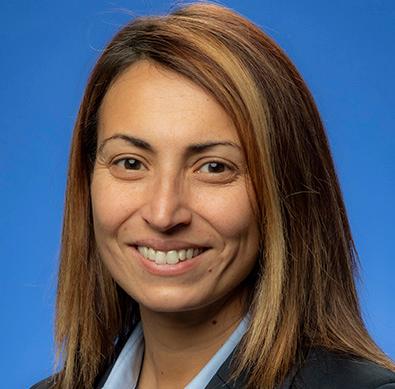
Anna Grassellino is the Director of the National Quantum Information Science SQMS Center, a Fermilab Senior Scientist, and the head of the Fermilab SQMS division. Her research focuses on radio frequency superconductivity, in particular on understanding and improving SRF cavities performance to enable new applications, spanning from particle accelerators to detectors to quantum information science.
Grassellino is a fellow of the American Physical Society and the recipient of numerous awards for her pioneering contributions to SRF technology, including the 2017 Presidential Early Career Award, the 2017 Frank Sacherer Prize of the European Physical Society, the 2016 IEEE PAST Award, the 2016 USPAS prize, a DOE Early Career Award and the New Horizons in Physics Prize by the Breakthrough Foundation. She holds a Ph.D. in physics from the University of Pennsylvania and a master’s of electronic engineering from the University of Pisa, Italy.
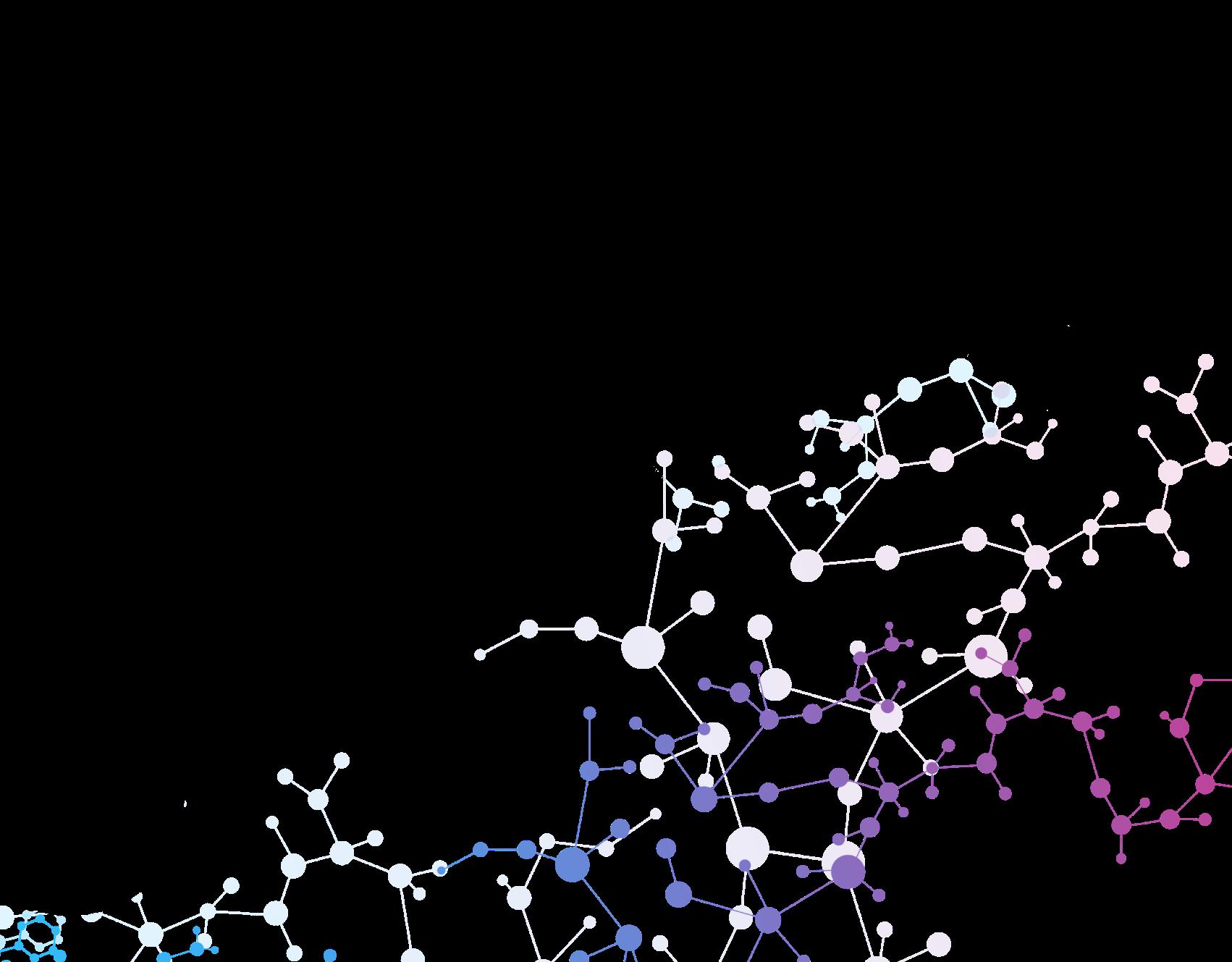
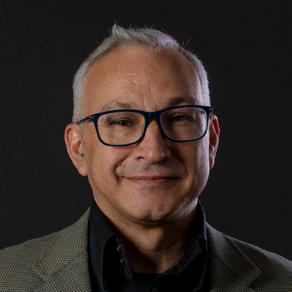
Dr. Omar Hurricane is Chief Scientist for the inertial confinement fusion program at Lawrence Livermore National Laboratory, a position he’s held since 2014. Omar completed his PhD in Physics at UCLA in 1994 where he remained as a postdoc doing plasma theory until 1998, the year he first came to Livermore as a Designer. In 2009, Omar was awarded the Department of Energy Ernest Orlando Lawrence Award for National Security and Nonproliferation for solving a long-standing Cold War nuclear weapons anomaly, euphemistically called the “energy balance problem.” More recently, Omar has been recognized for his contributions to inertial confinement fusion with Fellowship in the American Physical Society (APS) in 2016 for the first laboratory demonstration of “alpha-heating” and the achievement of fusion “fuel energy gain,” the 2021 Edward Teller Award of the American Nuclear Society for leading the scientific program at the National Ignition Facility (NIF) to a burning plasma, and the 2022 APS John Dawson Award for Excellence in Plasma Physics for achieving the first laboratory burning plasma. Author of over 150 scientific publications, Omar was lead author and lead co-author of many of the recent scientific papers on fusion ignition at the NIF.
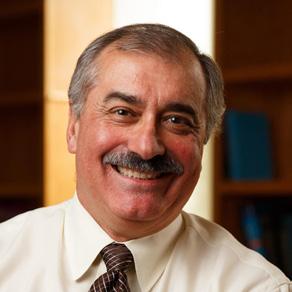
Edward W. Kolb (known to most as Rocky) is the Arthur Holly Compton Distinguished Professor of Astronomy and Astrophysics and a member of the Enrico Fermi Institute and the Kavli Institute for Cosmological Physics. From 2006-2012 he served as Chair of the Department, and from 2013-2018 Dean of the Division of the Physical Sciences.
In 1983 he was a founding head of the Theoretical Astrophysics Group and in 2004 the founding Director of the Particle Astrophysics Center at Fermilab. Kolb is a Fellow of the American Academy of Arts and Sciences and a Fellow of the American Physical Society. He was the recipient of the 2024 Julius Edgar Lilienfeld Prize of the American Physical Society, the 2003 Oersted Medal of the American Association of Physics Teachers for notable contributions to the teaching of physics, the 1993 Quantrell Prize for teaching excellence at the University of Chicago, and the 2009 Excellence in Teaching Award from the Graham School of the University of Chicago. His book for the general public, BlindWatchersoftheSky, received the 1996 Emme Award of the American Aeronautical Society.
The field of Rocky’s research is the application of elementary-particle physics to the very early Universe. In addition to over 200 scientific papers, he is a co-author of TheEarlyUniverse, the standard textbook on particle physics and cosmology.
Kolb’s research was recognized by the 2010 Dannie Heineman Prize for Astrophysics, awarded by the American Astronomical Society and the American Institute for Physics. He holds an honorary degree, Doctor Honoris Causa, from the University of Lyon, France, and was the recipient of the J. Hans D. Jensen Prize of the University of Heidelberg.
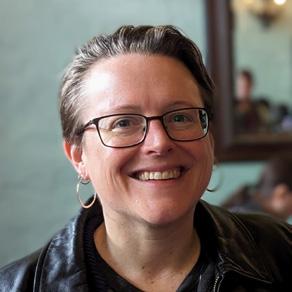
Corrinne Mills is an Associate Professor of Physics at the University of Illinois, Chicago, and a member of the CMS collaboration. Her research looks for physics beyond the Standard Model through measurements of rare processes involving the observed Higgs boson and direct searches for additional Higgs bosons. She is also working on the replacement of the CMS forward pixel detector, which will provide precision particle tracking and vertexing in the busy HL-LHC conditions, and explores the use of machine learning on pixel detectors
for single-layer particle tracking and data reduction for future collider detectors. Before joining UIC and CMS, Prof. Mills was on the ATLAS collaboration, first as a postdoctoral researcher at Harvard University, then as a senior research fellow at the University of Edinburgh. During that time, she contributed to the 2012 Higgs boson discovery and the first measurements of inclusive W boson production at the LHC. As a Ph.D. student at UC Santa Barbara, she measured the top-quark pair-production cross section and studied electron identification performance as part of the CDF collaboration.
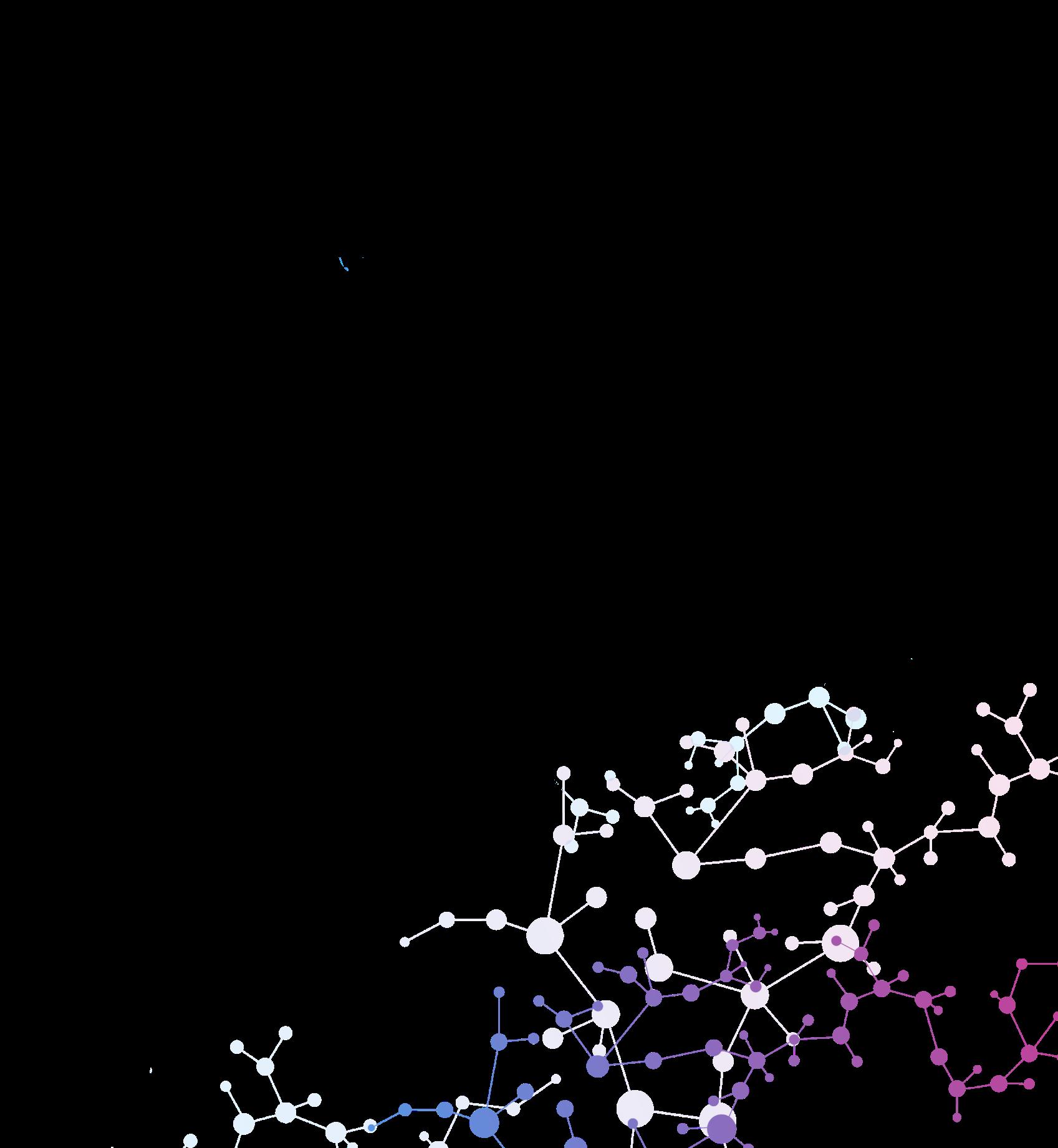
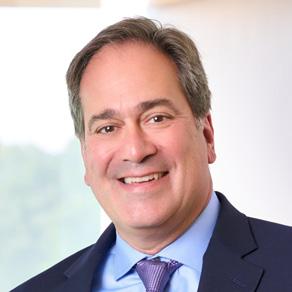
Chad A. Mirkin, PhD is the Director of the International Institute for Nanotechnology and the George B. Rathmann Professor of Chemistry at Northwestern University. He is known for his invention and development of spherical nucleic acids, a foundation of the field of structural nanomedicine; his invention and development of Dip-Pen Nanolithography and related cantilever-free nanopatterning and materials discovery methodologies; the delineation of the concept of the nanoparticle “atom” and the nucleic acid “bond” that underpins colloidal crystal engineering with DNA; and contributions to nanoparticle synthesis and supramolecular chemistry. He has authored >900 papers and >1,200 patents and applications worldwide (>430 issued) and founded 11 companies. Prof. Mirkin has been recognized with over 250 national and international awards, including the Wilhelm Exner Medal, the Dan David Prize, the National Academy of Sciences Sackler Prize in Convergence Research, the Kavli Prize in Nanoscience, and the King Faisal Prize from the Kingdom of Saudi Arabia. He served for eight years on the President’s Council of Advisors on Science & Technology, and he is one of very few scientists to be elected to all three US National Academies. Mirkin has served on the Editorial Advisory Boards of over 30 scholarly journals, is the founding editor of the journal Small, was a ProceedingsoftheNationalAcademyofSciences USA Editorial Board Member, and was an Associate Editor of Journal ofthe American Chemical Society. He has given >930 invited lectures worldwide and educated >340 graduate students and postdocs and thousands of undergraduate students. Founded in 2000 as an umbrella organization to coalesce and foster nanotechnology efforts, the International Institute for Nanotechnology represents and unites more than $2.7 billion in nanotechnology research, educational programs, and supporting infrastructure.
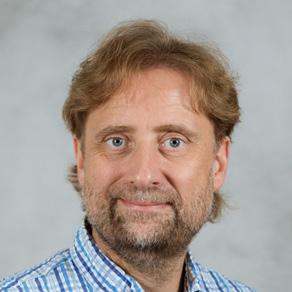
Dirk Morr Professor Morr’s research in theoretical condensed matter physics focuses on the abundance of interesting phenomena in strongly correlated electron systems. He has worked on a wide range of topics, ranging from quantum phase transitions, and optical and electronic properties of magnetic systems to the interplay of magnetism and superconductivity and related resonance phenomena. He has developed a series of theoretical models to explain the results of nuclear-magnetic resonance, angle-resolved photoemission, tunnelling spectroscopy, Raman spectroscopy, and neutron scattering experiments. Among his more recent work is the prediction of an unconventional, current-carrying phase in the pseudo-gap regime of the high-temperature superconductors. He has shown that the existence of a magnetic resonance peak in Sr2RuO4 is tied to the symmetry of its superconducting state. Professor Morr’s recent work has also addressed the effects of impurities in magnetic systems and superconductors, as well as quantum interference effects between impurities.

Johnpierre Paglione is Professor in the Department of Physics and Director of the Center for Nanophysics and Advanced Materials at the University of Maryland. He has seeded a world-class effort on quantum materials research at UMD, leading the collaborations of several faculty that have brought Maryland to the forefront of research on superconductivity, topological materials and strongly correlated systems. Having contributed to several fields of experimental condensed matter research through both single-crystal synthesis and ultra-low temperature transport, thermodynamic and spectroscopic exploration of novel phenomena, Paglione’s research is a blend of materials exploration and elucidation of quantum phenomena. As Director of the Maryland Quantum Materials Center, with a membership of over 100 personnel, a state-of-the-art materials synthesis facility and an extensive measurement suite, Paglione commits QMC resources to hosting the annual Fundamentals of Quantum Materials Winter School, a successful hands-on training program and basis for this work. Paglione is the recipient of a National Science Foundation CAREER Award and an Early Career Award from the Department of Energy, is a Materials Synthesis Fellow in the EPiQS program of the Gordon and Betty Moore Foundation and a Fellow of the Quantum Materials Program of the Canadian Institute for Advanced Research. Dr. Paglione earned his PhD from the University of Toronto in Canada.
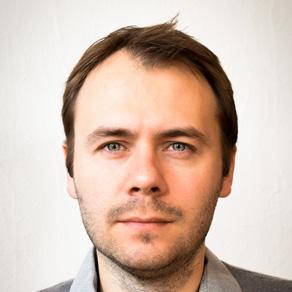
James Unwin Professor Unwin undertakes research related to new physics beyond the Standard Model of Particle Physics at the intersection of particle physics, astrophysics, and cosmology. He has worked on a range of topics in theoretical particle physics, including Supersymmetry, LHC searches for New Physics, and Grand Unified Theories. In theoretical astrophysics and cosmology, he is interested in exploring novel dark matter models with distinct implications for experiments and observations.
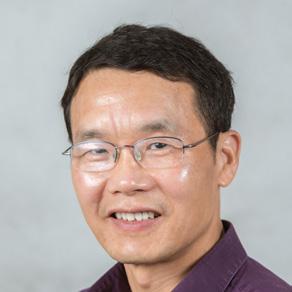
Huan-Xiang Zhou Professor Zhou joined UIC in 2017, after faculty appointments at Hong Kong University of Science and Technology, Drexel University, and Florida State University. He has served on many grant review panels and journal editorial boards. His group combines theory, computation, and experiment to address a range of topics in molecular and cellular biophysics. Four main areas are: (1) thermodynamic and dynamic properties of phase-separated biomolecular condensates; (2) membrane association and binding kinetics of intrinsically disordered proteins; (3) structures and pathways of the self-assemblies of amyloid-β and other amyloidogenic proteins; and (4) functional mechanisms of glutamate-receptor ion channels. His research is supported by multiple grants from the National Institutes of Health.
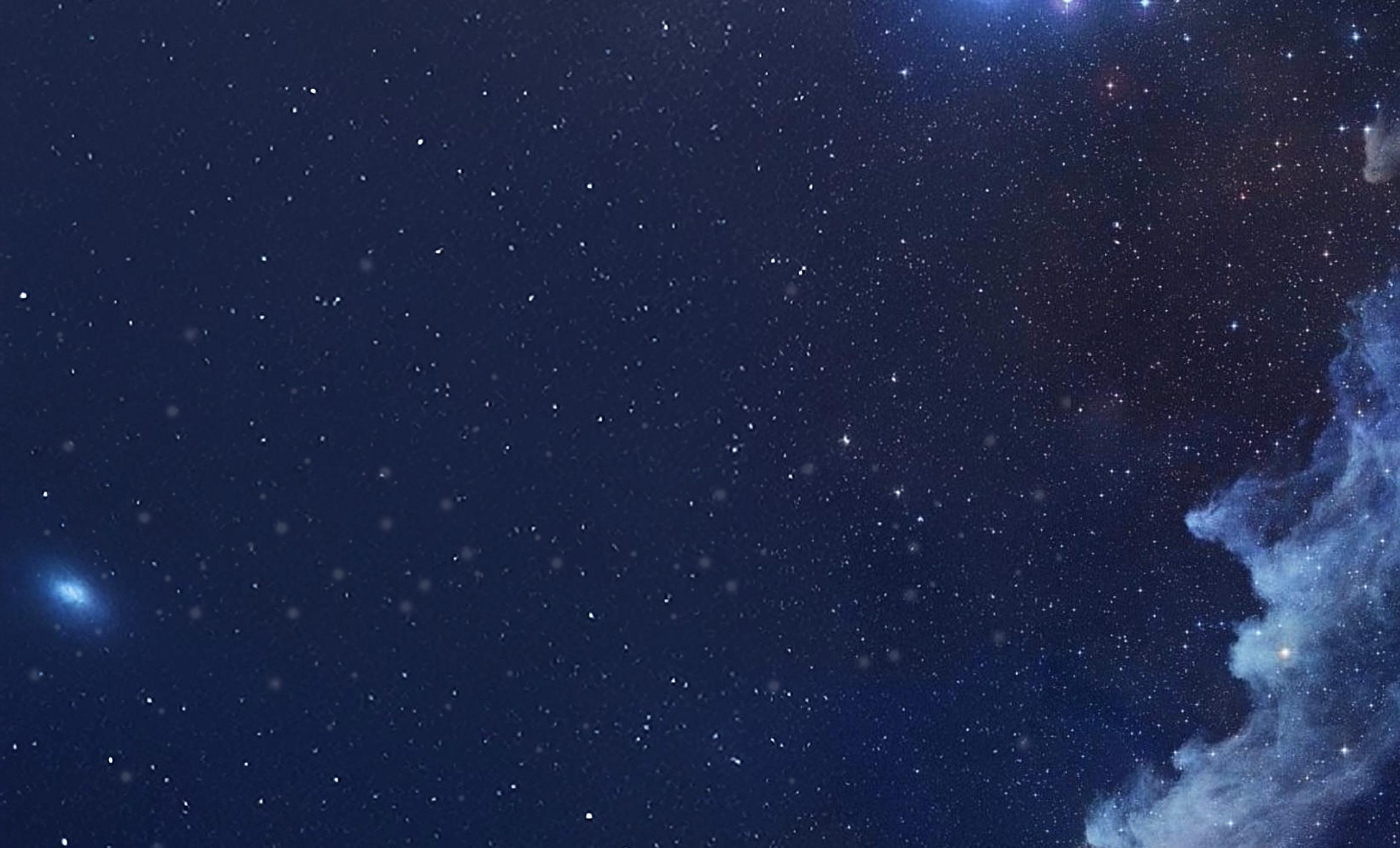
SPECIAL THANKS TO THE ORGANIZING COMMITTEE:
Robert Klie
LAS Distinguished Professor and Head of Physics
Jordi Cabana Professor of Chemistry
Richard Cavanaugh Professor of Physics
Cecilia E. Gerber
UIC Distinguished Professor of Physics
Russell J. Hemley Professor and LAS Distinguished Chair in the Natural Sciences, Depts of Chemistry and Physics
Jan-Hendrik Spille Assistant Professor of Physics
James Unwin Associate Professor of Physics

